Service Asset and Configuration Management is used for any kind of documentation within an organization. It can be understood as one of the highest goods a ITSM Provider has, as all operative knowledge and also some comprehensive knowledge is stored here. The gathered data within this discipline can be used while changing the sourcing strategy; the better the quality of this discipline, the more flexibility the ITSM Provider has during a shift.
Scope
Service Asset and Configuration Management ensures, that all required assets, e.g. ressources and abilities, are available and controllable to provide the desired service. The information of and about those assets must be in the required quality and reliable. Therefore all Configuration Items (CIs) are managed through through the whole LifeCycle:
These Configuration Items store all the data and have at least the following attributes:
- Name
- Status
e.g. Pipeline, Disabled, Active, Outdated, Dismantelled, etc. - Category
e.g. Hardware, Software, Network, Documentation, etc. - Relation to other artifacts
e.g. to other CIs - Additional attributes
e.g. references to services (Request Fulfillment), global ids (location) or local ids (cpu performance)
Activities
Service Asset and Configuration Management has five core activities, which have certain inputs and outputs:
You can remember these activities using the mnemonic PICSA.
Critical Success Factors
- CSF: The ability to manage, secure and account the integrity of all Configuration Items
- KPI: Accurancy of assets, which are allocated to business results
- KPI: Increased re-usability and utilization of assets
- CSF: Supportability of all ITSM processes
- KPI: Increased maintainability
- KPI: Improved incident resolution times
- KPI: Improved license utilization
- CSF: Creation and maintaining the Configuration Management System
- KPI: Improved compliance
- KPI: Shorter execution time of audits
- KPI: Reduced service impact through outdated configuration items

